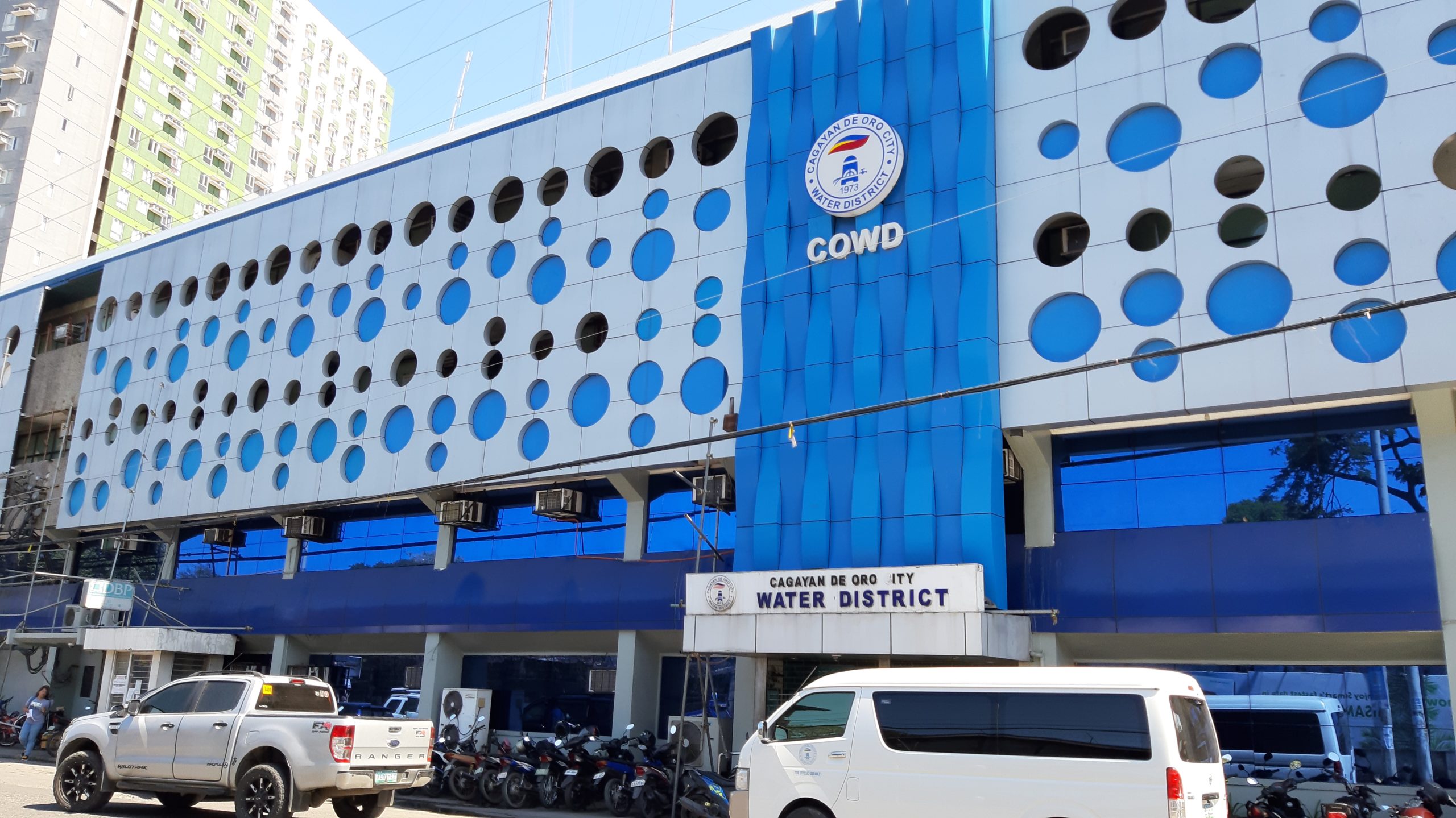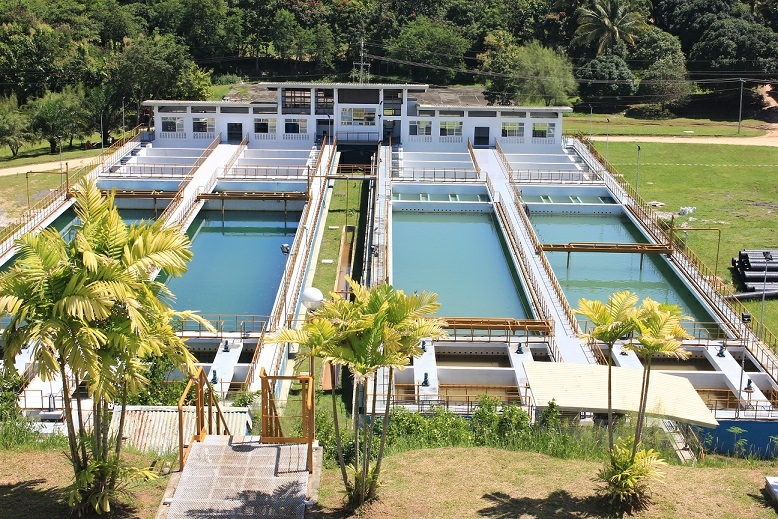By Tony Celeste
Esperame, Correspondent
ARE oxygen cylinders good or bad for patients?
The Private Hospitals Association of the Philippines Inc. (Phapi) has cautioned against the use of oxygen cylinders in treating patients, especially those without Food and Drug Administration (FDA) permits, saying these are unsafe and could even result in deaths.
Phapi issued the warning based on studies on how the use of oxygen cylinders have been affecting patients.
The warning was issued by Dr. Rustico Jimenez, Phapi president, and physician-lawyer Bu Castro who called for a halt on the use of oxygen cylinders in hospitals because of the risks these supposedly pose on sick people.
They showed to reporters an Aug. 15, 2014 circular issued by FDA acting director general Dr. Kenneth Hartigan. The FDA had issued a cease-and-desist order against the sale and use of medical-grade oxygen without the green light of the Administration.
Dr. Rustico Jimenez said most of the oxygen cylinders being used by hospitals were below the standards set by the International Organization of Standard (ISO). He said many oxygen cylinders in the market today should not be used for patients with respiratory disorders like asthma. He however said these could be used for industrial work such as welding.
The doctors said the following should be the pharmacopoeia standards: European Pharmacopoeia-Medical Air Standard EN120121 (93%), United Kingdom Standard BS4275 (93%), American Standard ANSI-CGA (93%), Australian Standard AS1715 (92%), and Canadian Standard 7180.1-00 (93%).
Phapi said hospitals should start using the Monograph States Pharmacopoeia (USP) specifications that should not be less than 90 percent or higher than 96 pecent. The group said most of the oxygen cylinders in the market register 99.9-percent oxygen purity, and some even contain dirt and rust.
Dr. Eli Belarmino, director of the Visayas Community Medical Center, said, “Imbis kay ang pasyenti nga malisuron didto sa ICU gipaningkamotan nato nga maulian ug maluwas peru lahi ang nahitabo, kay ang kasagaran kanila tungod niining nakita nato misamot naman hinuon nga naglisud ug ang uban kanila namatay.”
Jimenez and Castro said patients who were treated using such oxygen cylinders show symptoms of irritability, confusion, anxiety, tingling or numbness of mouth, coughing, nausea, vomiting, tinnitus, dizziness, blurred vision, muscle twitches especially on the face, pneumonia, scarring and bleeding of the lungs, and seizures.
The group recommended the use of hospital oxygen generators with centralized pipelines that pass the ISO standards. Some of the hospitals using these oxygen generators include the Polymedic Medical Plaza, Capitol University Medical City, Holy Name Medical Center Foundation Inc., Mother of Mercy Hospital, Divine World Hospital, Holy Child Hospital, Manuel J. Santos Hospital, Visayas Community Medical Center, San Francisco Doctors Hospital Inc., Misamis University Medical Center, and the Bacolod Adventist Medical Center.
Disclaimer
Mindanao Gold Star Daily holds the copyrights of all articles and photos in perpetuity. Any unauthorized reproduction in any platform, electronic and hardcopy, shall be liable for copyright infringement under the Intellectual Property Rights Law of the Philippines.










